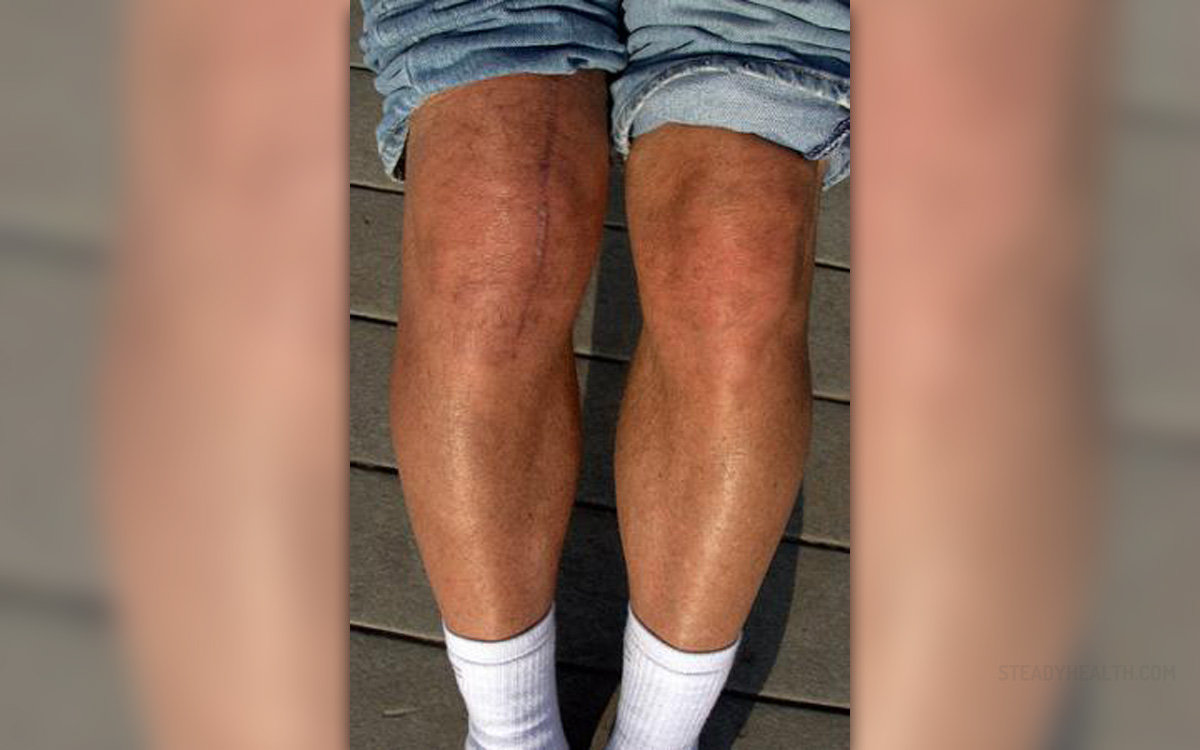
Runner’s knee is an ailment which is the most common problem among runners, but it also can be developed in any other athlete whose activities involve a lot of knee bending. Walking, biking and jumping are the most usual cause of runner’s knee and it is easily recognizable by pain around the kneecap. It actually involves a number of different disorders with different causes for each one of them.
The repeated motion of knee bending irritates the nerves contained in the kneecap area. Another cause of pain can be the overstretching of tendons connecting the muscles and bones. Direct trauma such as a fall or a powerful blow can also lead to the painful condition. Bones that are not aligned properly cause an uneven distribution of physical stress through the body and result in certain parts of the body bearing too much weight and damaging the joints. The kneecap itself sometimes can be a bit out of its regular position. Runner’s knee can also be the result of problems that come with flat feet or weak thigh muscles.
Painful conditions behind and around the kneecap, surrounding the area where the thighbone and the kneecap meet, is the first and the most significant symptom of runner’s knee. The pain usually gets worse when one bends the knee, especially while walking down stairs or downhill. The knee gets swollen and sometimes popping and grinding sensations may occur.
Most minor cases of runner’s knee heal on their own. But nevertheless, if one has symptoms of runner’s knee, the knee must rest as much as possible and ice should be applied to reduce pain and swelling until it is gone. Elastic bandages should be used to provide the knee with extra support. When sitting or lying down, the knee should be elevated on a pillow.
NSAID drugs can be taken to take care of inflammatory conditions and help in relieving the pain, but they should only be taken occasionally. Stretching and strengthening exercises are optional as well orthotics for the shoes. Some severe cases might require surgery in order to take out the damaged cartilage and correct the kneecap position for even distribution of physical stress.
A person should not aggravate the knee with physical activities during the recovery and should not return to any regular exercise routines until all the pain is gone and the knee feels as strong as it did before the injury. Permanent damage may be done if the patient does not follow these strict orders.
In order to prevent runner’s knee from developing, people should keep the thigh muscles strong and always stretch before exercises. Orthotics and sufficient support for the shoes are also very important. Abrupt changes in the intensity of exercise should be avoided, along with running on hard surfaces that put too much stress on the knees.


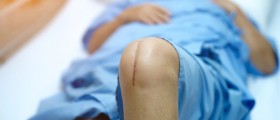
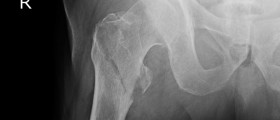
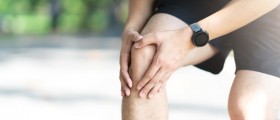

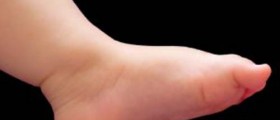
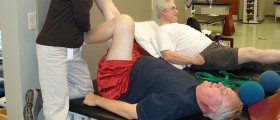
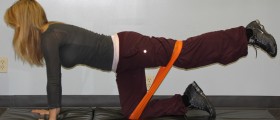
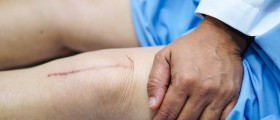
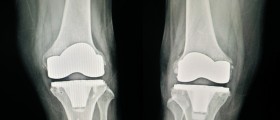




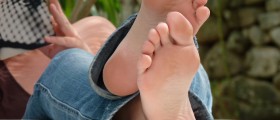

Your thoughts on this
Loading...